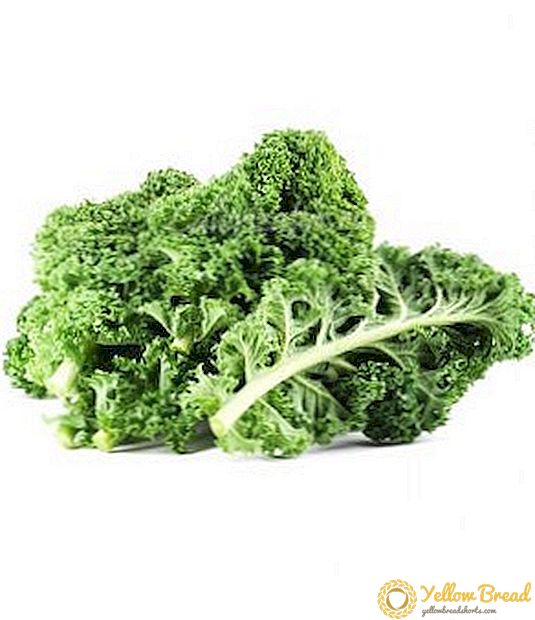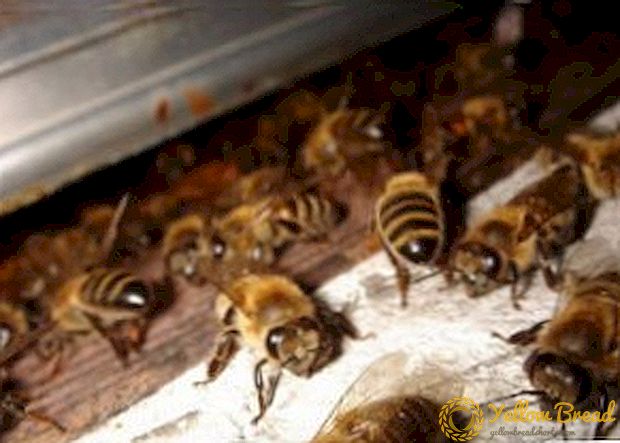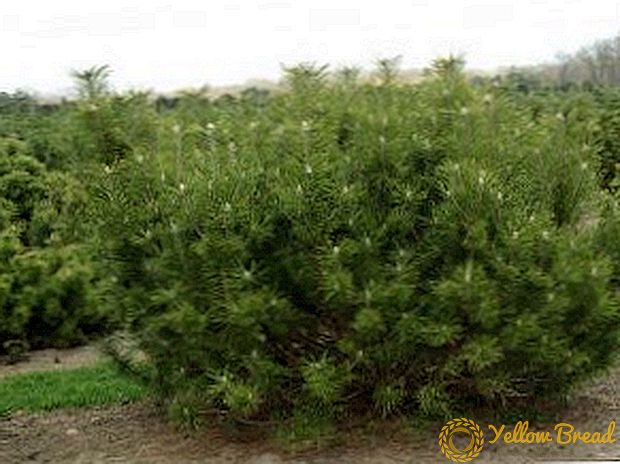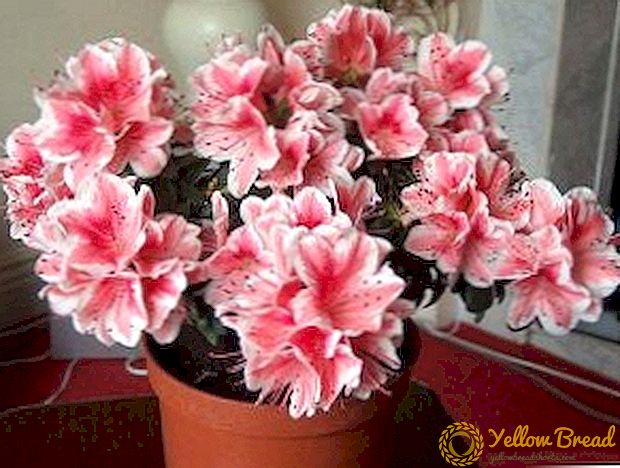 Beet feeding is a prerequisite for obtaining a tasty and juicy root.
Beet feeding is a prerequisite for obtaining a tasty and juicy root.
It is carried out at different stages using organic and inorganic types of fertilizers.
- Feeding Types
- Foliar
- Root
- Options for foliar fertilizers
- How to feed the beets: root dressing
- Organic
- Mineral
- Feed calendar
Feeding Types
Fertilization is an effective help to the plant to obtain mineral trace elements necessary for the normal development of the vegetable. There are two types of feeding beet: foliar and root.
Foliar
Used to strengthen the shoots, leaves at the initial stage of plant development. Foliar fertilizer for beets is not mandatory and can not replace the root dressing, but at certain points is the best helper for troubleshooting and has several advantages:
- when spraying with fertilizer solution, nutrients are evenly distributed throughout the plant;
- beneficial substances get on the leaves and are immediately absorbed by the plant, as a result of which the trace elements are absorbed quickly and in full;
- the ability to fertilize the plant in the later stages of development, without the risk of damaging the root.

Root
For carrying out root nutrition by a plant, nutrients are introduced not under the root, but into special indentations of 3–4 cm, made between beet rows. After fertilization in the ground produce abundant watering.
Options for foliar fertilizers
There are several effective options for foliar nutrition for root vegetables.
- Manganese - prevents the possibility of infecting a plant with a disease such as putrid stem. It is a source of essential trace elements. The manganese solution is watered up to five times per season. In 10 liters of warm water dissolve a teaspoon of manganese, and this mixture is watered.

- Urea is a nutrient. In 5 liters of warm water dissolve 10 grams of urea, insist 20 minutes. Then it is necessary to carefully chop and spray on the plants without pouring them. The procedure is preferably done in the evening, after 18 hours.
How to feed the beets: root dressing
At certain periods of beet growth, the plant needs a different diet.In a fertile soil with the help of top dressing, they make an adjustment of the growth and development of the root, in acidic soil, constant monitoring is necessary.
How to fertilize beets, tell the plant itself, its appearance. If the leaves of the plant brighten, then it lacks sodium, darkened - phosphorus, yellowed - iron, reddened - potassium and magnesium. When you make the right fertilizer color of leaves and tops is restored. 
Organic
The best way to grow beets without nitrates is to use organic fertilizers. Nitrogen is found in mullein or bird droppings. The source of potassium is wood ash, sodium is rock salt.
- Bird dung is a useful fertilizer, in which the ideal ratio of such elements as nitrogen, phosphorus and potassium. The nutrients are stored in the soil for another three years. Initially, a liquid fertilizer is prepared from 1.5 kg of chicken manure and 10 liters of water, which must ferment outside for up to 10 days. The mixture is diluted to the desired condition.Make-up of this mixture is made only once, at the stage of the appearance of the second pair of leaves.
- Wood ash - is the second feeding, a source of potassium. Before irrigation, one glass of ash is distributed over an area of one and a half squares of earth.

- Saline solution - to improve taste and as prevention against parasites. A liquid consisting of 1 tablespoon of salt and 10 liters of water is enough for 1 square meter.
Root crop is treated with salt solution three times: with the appearance of three pairs of leaves, when the root crop looks 3 cm out of the ground and 14 days after the second watering.
Mineral
The first mineral feed occurs immediately after thinning beet beds. To do this, 5 g of water is diluted with 15 g of ammonium nitrate, 15 g of potassium sulphate, 15 g of superphosphate. This solution is enough to handle 5 linear meters of the beds.
Potash-phosphate fertilizers are applied to the second mineral dressing. On sale is a large selection of data feedings.
Feed calendar
The first feeding. It is carried out when forming the 3-4th leaflet. At this time, seedlings need nitrogen, which helps the development of the vegetative part and strengthen the root system.  The second feed. It is made in the formation of the root (the last decade of July - the first decade of August). The main sources of nutrition during this period are phosphorus and potassium. Recharge is made at the closure of the leaves of neighboring seedlings and stop 3-4 weeks before harvest.
The second feed. It is made in the formation of the root (the last decade of July - the first decade of August). The main sources of nutrition during this period are phosphorus and potassium. Recharge is made at the closure of the leaves of neighboring seedlings and stop 3-4 weeks before harvest.






